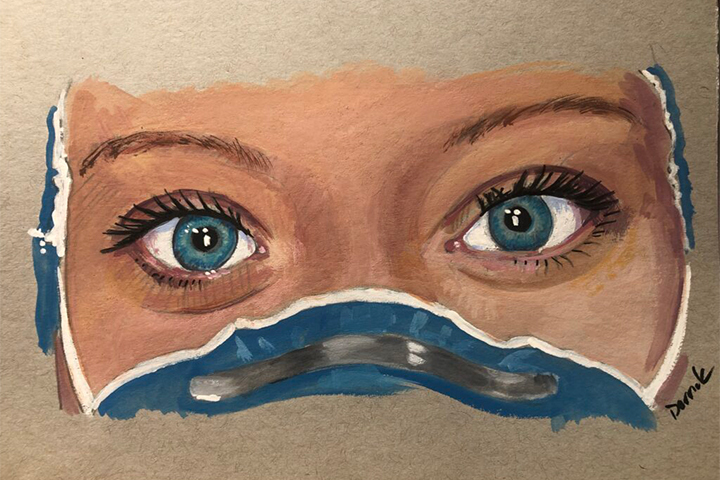

There are even blue-tinted glasses available for reducing photosensitive seizures.

While this is true for some cases of photosensitive epilepsy, it is not always the case. His parents were told that excessive screen time can trigger a seizure. Zuhair* was not allowed to use a computer growing up, despite his interest. Some erroneous beliefs about epilepsy in our culture are that it has supernatural causes, that it is contagious, that it could lead to other ailments and that epileptic patients should not marry. Instances like these highlight the glaring ignorance regarding this neurological disorder and the urgent need to educate the masses about it. The very next day, she was sent packing and now she is divorced. Once, her daughter’s sister-in-law saw her having a seizure in her sleep. The mother of a 25-year-old woman with epilepsy shares that the family kept her daughter’s diagnosis hidden from her daughter’s in-laws because of this very fear. In our society, either the condition remains undiagnosed or is wrapped in secrecy over the fear of stigma, which would become an obstacle in seeking employment or marriage for an epileptic patient. Poverty, illiteracy, lack of knowledge about the disorder, deep-rooted superstitions and lack of governmental prioritisation are among the major factors. There are multiple reasons for the absence of proper treatment-seeking behaviour for epilepsy in our society. A sizeable portion of patients, like Huma, are taken to pirs for roohani ilaaj (spiritual healing) rather than to a neurologist or a psychiatrist. Epileptic seizures are often perceived as djinn possessions or black magic. This is because of a lack of awareness and obsolete beliefs especially prevalent in the Subcontinent. The impact of epilepsy is not fully evaluated and understood in our society. The true nature of epilepsy has long been distorted by myths, fear and mistaken notions about the common neurological disorder, leading to stigma and discrimination In Pakistan, according to studies, only 27.5 percent epileptic persons in urban areas and 1.9 percent in rural areas are treated with anti-epileptic drugs. Hence, people afflicted with the condition do not talk about it openly and usually hide their diagnosis even from their closest friends.Ībout 80 percent of people with epilepsy belong to developing countries, but the treatment ratio is astoundingly low. However, the stigma attached to epileptic seizures is just as prevalent as the occurrence of epilepsy. In plain terms, epilepsy can be best understood as a temporary short circuit of the brain. A chronic neurological condition, epilepsy is characterised by recurrent seizures, with or without clouding or loss of consciousness. Her parents then consulted a psychiatrist for regular medications that helped control their daughter’s condition.Įpilepsy is one of the most common neurological disorders, with 50 to 60 million people estimated to be affected worldwide.

Huma got some tests done on the doctor’s advice, and her electroencephalogram (EEG) report identified temporal lobe epilepsy. The family’s general physician referred them to a neurologist. Initially, her family thought someone had done black magic on her, but multiple rounds to faith healers did not prevent subsequent seizures from occurring. Huma first had a seizure when she was 11, after coming off an amusement park ride. “I am always hyperconscious of having a seizure in front of them so I avoid getting into situations which might trigger me, like going to the movies with them or getting on a rollercoaster,” she adds. “I did not tell my friends I had epilepsy out of fear that they would treat me differently”, says 21-year-old Huma*.


 0 kommentar(er)
0 kommentar(er)
